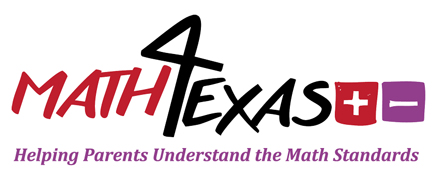T.I.P.S.
-
 Students must be able to name the number of objects in a set without counting but rather by instantly identifying the arrangement of objects. This instant recognition of a quantity is called subitizing. Everyday common objects such as the pips on dominoes or dice are helpful for students to understand this concept. Objects that come in groups of 2, 4, 5, and 10 are easiest for students to form a mental picture of first such as shoes, socks, fingers, toes, etc.
Students must be able to name the number of objects in a set without counting but rather by instantly identifying the arrangement of objects. This instant recognition of a quantity is called subitizing. Everyday common objects such as the pips on dominoes or dice are helpful for students to understand this concept. Objects that come in groups of 2, 4, 5, and 10 are easiest for students to form a mental picture of first such as shoes, socks, fingers, toes, etc.
Example
-
Look at the ten frames shown below. Read and answer the question by recognizing the number of animals shown in each ten frame.
How many flying animals do you see?How many nonflying animals do you see?
Resources
-
Click on the following links for more information.
TEKS
-
K.2 Number and operations. The student applies mathematical process standards to understand how to represent and compare whole numbers, the relative position and magnitude of whole numbers, and relationships within the numeration system. The student is expected to:
(D) recognize instantly the quantity of a small group of objects in organized and random arrangements





 Click
Click 

